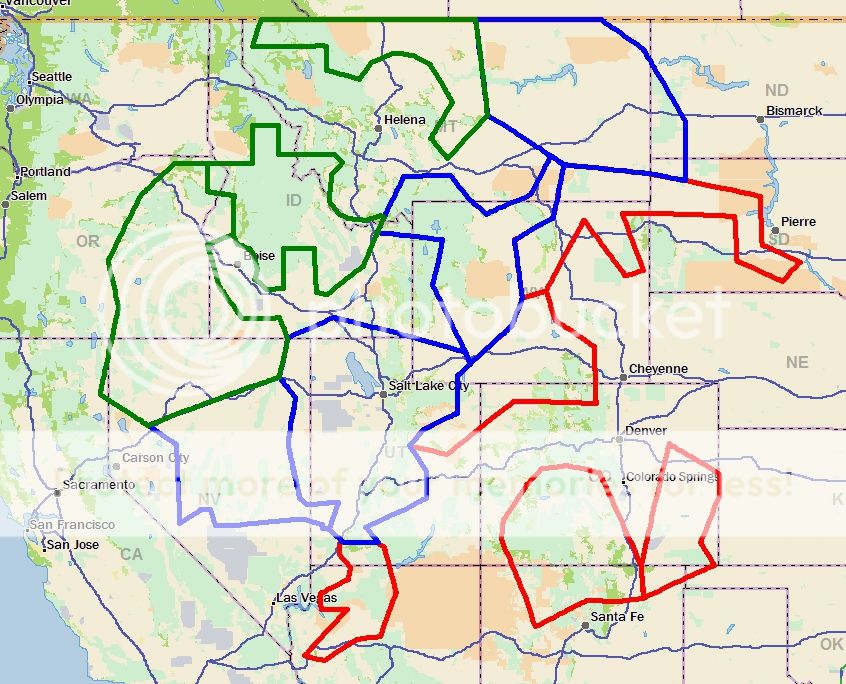lziegenhals
Pre-Flight
I've been lurking on the Pilots of America board for some time, but only recently created an account so I could start posting. I'm planning a trip out to Big Bend Ranch State Park (3TE3) in Texas (just west of Big Bend National Park) in February. They have a nice, long, paved runway right in the middle of the park, which otherwise is basically on the other side of nowhere. It's a great place to spend several days away from just about everything except desert and a big, wide open sky.
The last time I flew out there I was strictly VFR, but I've been instrument rated for the past 6 years. So I've been reviewing some of the past threads on IFR operation in class G airspace since the entire Big Bend area is class G up to 14,500.
That is, until this month. Presidio (KPRS) is getting their very first instrument approach, RNAV A, to be published later this fall. Because of that, the FAA has established a 700' class E area around the airport, and a 1,200' class E area for a 62.5 mile radius around the airport.
That's going to make most of that brown area on the low IFR chart disappear. It looks like some of it on the east side of the area will remain, but the bulk of it will be gone.
Seems kind of sad - "things are always bigger in Texas" as the saying goes. On the other hand, if I do have to file to get there (or get back), it will be nice to be in controlled airspace, and it will be especially nice to have the instrument approach at Presidio if needed, although Marfa and Alpine are not far away.
Lee
The last time I flew out there I was strictly VFR, but I've been instrument rated for the past 6 years. So I've been reviewing some of the past threads on IFR operation in class G airspace since the entire Big Bend area is class G up to 14,500.
That is, until this month. Presidio (KPRS) is getting their very first instrument approach, RNAV A, to be published later this fall. Because of that, the FAA has established a 700' class E area around the airport, and a 1,200' class E area for a 62.5 mile radius around the airport.
That's going to make most of that brown area on the low IFR chart disappear. It looks like some of it on the east side of the area will remain, but the bulk of it will be gone.
Seems kind of sad - "things are always bigger in Texas" as the saying goes. On the other hand, if I do have to file to get there (or get back), it will be nice to be in controlled airspace, and it will be especially nice to have the instrument approach at Presidio if needed, although Marfa and Alpine are not far away.
Lee

